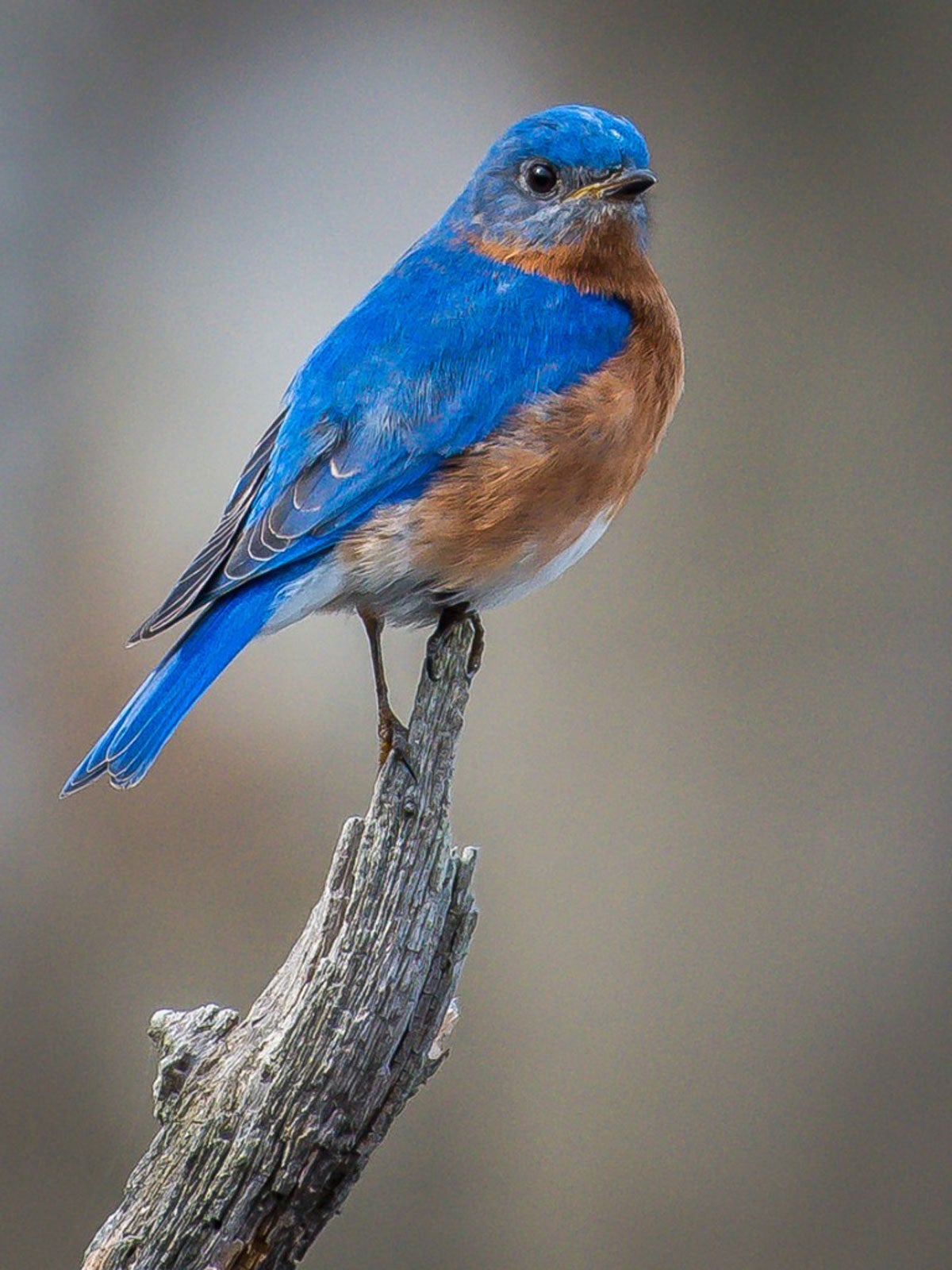Keeping Bluebirds Nearby: How To Attract Bluebirds In The Garden


We all love seeing bluebirds appear in the landscape in late winter or early springtime. They’re always a harbinger of warmer weather that is usually just around the corner. Keeping this beautiful, native bird around is important. How do we continue attracting bluebirds? Read on to learn more.
What Do Bluebirds Need?
If you’re in the eastern half of the U.S., you can encourage bluebirds to stay a little longer. Ready and available supplies of food and water are essential, as is the right nesting spot.
Eastern bluebirds (Sialia sialis) have no issue with moving into a tree that was previously prepared in past years by a woodpecker or other bird. As secondary cavity nesters, they look for hollowed-out spots in trees. The male may also choose a naturally existing tree cavity, leaving the female to build a cup-shaped nest where eggs can rest in protection.
As trees with naturally existing cavities have declined in recent years, adding artificial nesting boxes in the proper sites is a good way to provide immediate and continued occupancy by bluebird families. Almost any box-type structure with a floor and three walls is attractive to them and keeps bluebirds in the garden.
Nesting boxes provide a proper place to build a nest and begin dropping eggs to hatch. The female may hatch two to three clutches each year. Numerous plans for nesting boxes are available online.
How to Attract Bluebirds
These birds prefer to be near grasslands and thin woodlands with open spaces where there are plenty of favorite foods. These foods include caterpillars, beetles, grasshoppers, and crickets. Bluebirds are helpful as pest control to both farmers and gardeners for this reason.
As the state bird of Missouri, bluebirds are plentiful there when April finds the female laying eggs. Bluebirds have returned to Pennsylvania, as some forests are cut and the use of pesticides has declined. Nesting boxes encourage bluebirds to stay.
Gardening tips, videos, info and more delivered right to your inbox!
Sign up for the Gardening Know How newsletter today and receive a free copy of our e-book "How to Grow Delicious Tomatoes".
Getting rid of house sparrows is important if you want bluebirds to stay in your area. These invasive, non-native birds disrupt other birds. Keep the territorial house sparrows away by avoiding their favorite foods and removing ground-feeding spots. Don’t put up nest boxes until later in spring. House sparrows begin looking for a spot earlier in the year. Keep garage and building doors shut to avoid a place for them.
Put stones in birdbaths so house sparrows can’t readily spread out for a bath. Plant over dusty spots in the ground where they like to take dust baths as well.
Grow native plants to help attract bluebirds. Provide “snags” when possible. These are dead or dying trees that remain in the landscape. Bluebirds and other native birds love them. They’re also called wildlife trees.

Becca Badgett was a regular contributor to Gardening Know How for ten years. Co-author of the book How to Grow an EMERGENCY Garden, Becca specializes in succulent and cactus gardening.